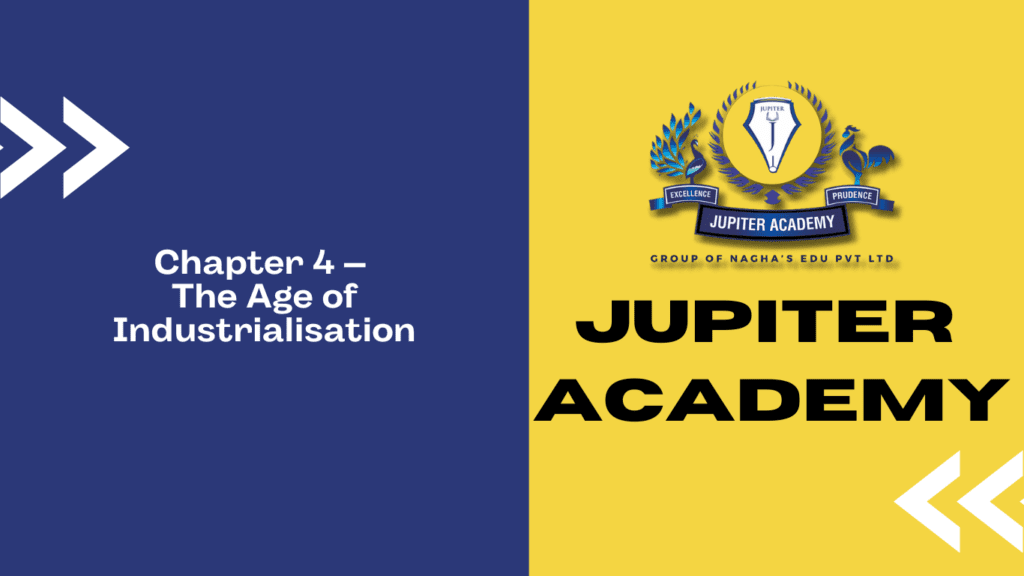Download CBSE Class 10 History Chapter 4 The Age of Industrialisation Important Questions PDF

The Age of Industrialisation” is a crucial chapter in the CBSE Class 10 History syllabus that explores the transformation brought about by industrialization. This chapter examines the technological advancements, economic changes, and social impacts of the Industrial Revolution. Below is a set of important questions to help students prepare for their exams.
Important Questions - Age of Industrialisation
Chapter 4 – Age of Industrialisation
1. What is Spinning Jenny? Explain. Why were many workers opposed to the use of the Spinning Jenny? Discuss.
2. In 1901, there were 584,000 workers in Indian factories. By 1946 the number was over 2,436, 000. Where did the workers come from?
3. In the twentieth century, handloom cloth production expanded steadily: almost trebling between 1900 and 1940. How did this happen?
4. What is fly shuttle used for? Explain the function.
5. Explain the impact of colonial rule on the Indian textile industry.
6. Describe briefly the concept of the orient.
7. Explain the Swadeshi Movement.
8. In the seventeenth century merchants from towns in Europe began employing peasants and artisans within the villages. Explain the following.
9. Describe the Industrial Revolution. Give three reasons for the Industrial Revolution.
10. The East India Company appointed gomasthas to supervise weavers in India. Explain.
11. How did the iron and steel industry in Britain overtake the cotton industry in terms of export value? Explain.
12. At the end of the nineteenth century, 80 per cent of the total workforce in Europe was employed in the technologically advanced industrial sector. True or False?
13. The American Civil War resulted in the reduction of cotton exports from India. True or False?
14. Explain what is meant by proto-industrialisation
15. Why did some industrialists in nineteenth-century Europe prefer hand labour over machines?
16. How did the East India Company procure regular supplies of cotton and silk textiles from Indian weavers?
17. Imagine that you have been asked to write an article for an encyclopaedia on Britain and the history of cotton. Write your piece using information from the entire chapter.
18. Why did industrial production in India increase during the First World War?
19. How did the East India Company eliminate competition, control costs, and ensure regular supplies of cotton and silk goods? Explain the series of steps.
20. Even the most powerful new technology that enhanced the productivity of labour manifold was slow to be accepted by industrialists. Give an example and explain.
21. Why the port of Surat declined by the end of the eighteenth century?
22. What problems were faced by the Indian cotton weavers in the 19th century? Describe.
23. Who were gomasthas? Why were they appointed? How did they treat the weavers?
Download CBSE Class 10 History Chapter wise Important Questions PDF
This invaluable resource is available for free download, making it accessible to all students striving for academic success. Start your journey towards achieving top marks in your CBSE 10th History exams with Jupiter Academy today!
Other resources you can use to prepare for the board exams include the CBSE Class 10 Economics Important Questions, Previous Year Papers, CBSE Sample Papers, CBSE Class 10 Geography Important Questions and so on.
